How Do Clip On Microphones Work ?
Clip-on microphones, also known as lavalier microphones, work by converting sound waves into electrical signals. They are small, discreet microphones that can be attached to clothing or other objects using a clip. The microphone is connected to a transmitter or recording device via a cable, which carries the electrical signal.
When sound waves enter the microphone, they cause a diaphragm to vibrate. This vibration is then converted into an electrical signal by a small metal coil inside the microphone. The electrical signal is then sent down the cable to the recording device or transmitter.
Clip-on microphones are commonly used in television and film production, as well as in live performances and public speaking events. They are popular because they allow the speaker or performer to move around freely without being tethered to a stationary microphone.
1、 Electret Condenser Microphone Technology
Clip-on microphones, also known as lavalier microphones, are small microphones that can be attached to clothing or other objects to capture audio. These microphones work by using electret condenser microphone technology.
Electret condenser microphones use a thin diaphragm made of a conductive material that is placed close to a metal plate. The diaphragm and plate form a capacitor, and when sound waves hit the diaphragm, it vibrates and changes the distance between the diaphragm and plate, causing a change in capacitance. This change in capacitance is then converted into an electrical signal that can be amplified and recorded.
Clip-on microphones typically have a small electret condenser microphone capsule that is housed in a small metal or plastic case. The capsule is connected to a cable that runs to a wireless transmitter or recording device. The microphone capsule is often covered with a foam windscreen to reduce wind noise and other unwanted sounds.
The latest advancements in clip-on microphone technology include the use of digital signal processing (DSP) to improve audio quality and reduce background noise. Some clip-on microphones also have built-in preamps and equalizers to further enhance the audio signal.
Overall, clip-on microphones are a popular choice for recording interviews, speeches, and other types of audio where a hands-free option is needed. Their small size and ease of use make them a convenient option for capturing high-quality audio in a variety of settings.
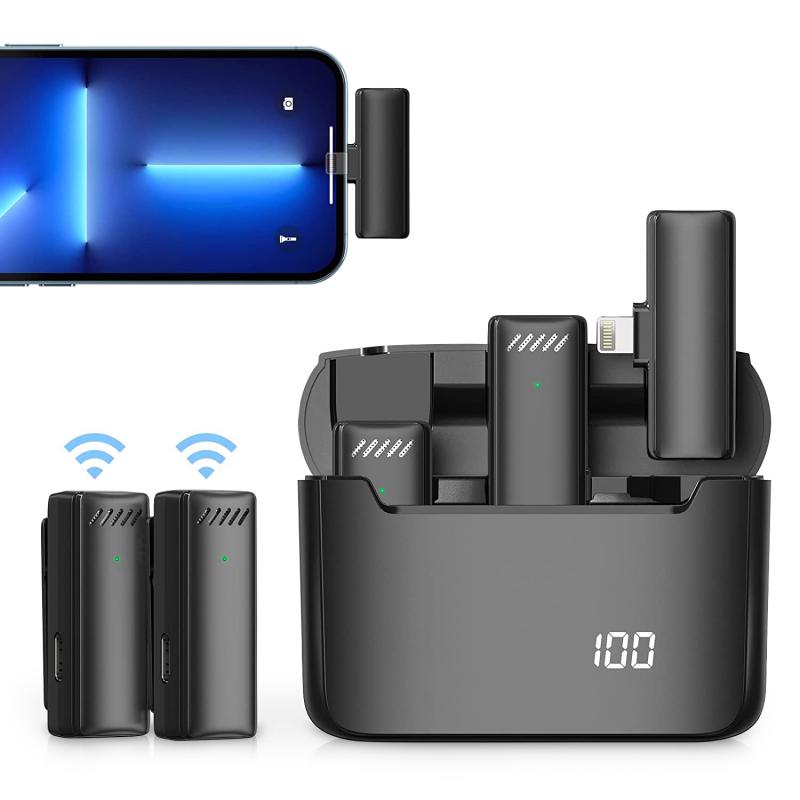
2、 Omnidirectional vs. Directional Microphones
Omnidirectional vs. Directional Microphones:
Microphones are essential tools for recording audio, and they come in different types and designs. Two of the most common types of microphones are omnidirectional and directional microphones.
Omnidirectional microphones pick up sound from all directions, making them ideal for recording ambient sounds or group conversations. They are also commonly used in live performances and interviews. However, they can also pick up unwanted background noise, which can be a problem in noisy environments.
Directional microphones, on the other hand, are designed to pick up sound from a specific direction. They are ideal for recording a single source of sound, such as a person speaking or a musical instrument. They are commonly used in film and television production, as well as in recording studios.
The latest point of view on directional microphones is that they are becoming increasingly popular due to their ability to isolate sound sources and reduce background noise. This is particularly important in today's world, where more people are working from home and need to record high-quality audio for virtual meetings and presentations.
How do clip on microphones work:
Clip on microphones, also known as lapel microphones, are small microphones that can be attached to clothing or other objects. They are commonly used in television interviews, presentations, and public speaking events.
Clip on microphones work by converting sound waves into electrical signals. The microphone contains a diaphragm that vibrates in response to sound waves, which then generates an electrical signal. This signal is then transmitted through a cable to a recording device or amplifier.
Clip on microphones are typically omnidirectional, which means they can pick up sound from all directions. However, some models may have directional capabilities, which can help to reduce background noise and improve the clarity of the recorded audio.
In conclusion, understanding the differences between omnidirectional and directional microphones can help you choose the right microphone for your recording needs. Clip on microphones are a popular choice for recording audio in a variety of settings, and they work by converting sound waves into electrical signals. The latest point of view is that directional microphones are becoming increasingly popular due to their ability to isolate sound sources and reduce background noise.
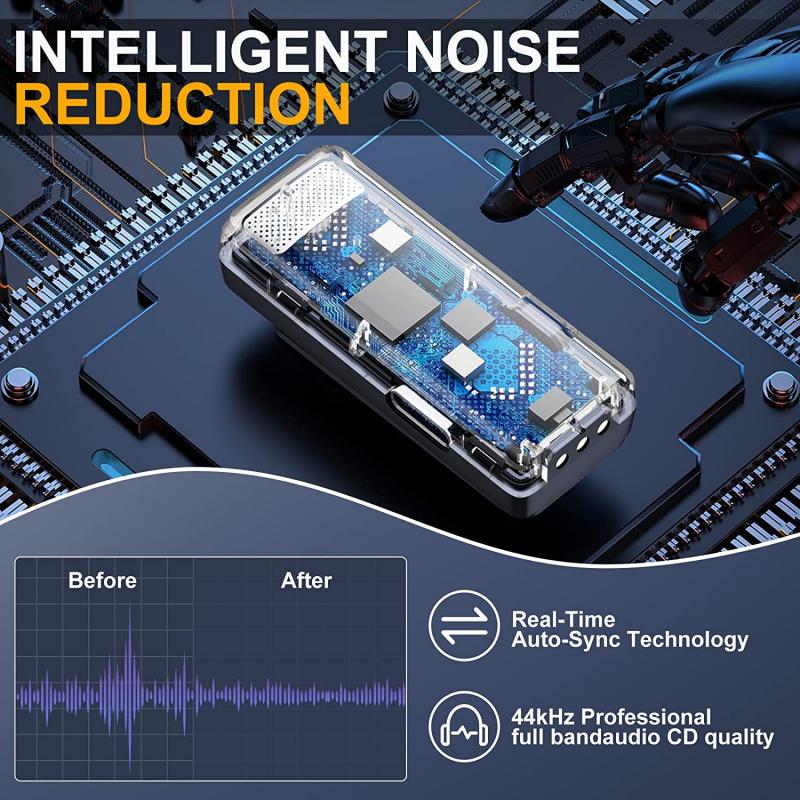
3、 Clip-On Microphone Design and Placement
Clip-on microphones, also known as lavalier microphones, are small microphones that can be attached to clothing or other objects using a clip. They are commonly used in television, film, and live performances to capture audio from actors, presenters, and performers without being visible on camera.
The design of clip-on microphones is relatively simple. They consist of a small microphone capsule, a cable, and a clip. The microphone capsule is typically omnidirectional, meaning it can pick up sound from all directions. The cable connects the microphone to a wireless transmitter or a recording device. The clip is used to attach the microphone to clothing or other objects.
Placement of clip-on microphones is crucial for capturing clear and high-quality audio. The microphone should be placed close to the sound source, typically the mouth, to minimize background noise and capture clear speech. The microphone should also be positioned in a way that minimizes rubbing against clothing or other objects, which can create unwanted noise.
In recent years, advancements in technology have led to the development of clip-on microphones with improved sound quality and wireless connectivity. Some clip-on microphones now feature directional microphone capsules, which can be useful in noisy environments. Others feature Bluetooth connectivity, allowing them to be used with smartphones and other mobile devices.
Overall, clip-on microphones are a versatile and essential tool for capturing high-quality audio in a variety of settings. Proper placement and use can help ensure clear and professional-sounding recordings.

4、 Wireless vs. Wired Clip-On Microphones
How do clip-on microphones work?
Clip-on microphones, also known as lavalier microphones, are small microphones that can be attached to clothing or other objects using a clip. They are commonly used in television, film, and live performances to capture audio from the person speaking or performing.
Clip-on microphones work by converting sound waves into electrical signals. The microphone contains a diaphragm that vibrates in response to sound waves. This vibration is then converted into an electrical signal by a small transducer inside the microphone. The electrical signal is then sent to a recording device or amplifier.
Wireless vs. Wired Clip-On Microphones
Wireless clip-on microphones use radio frequencies to transmit the audio signal from the microphone to a receiver. The receiver is connected to a recording device or amplifier. Wireless clip-on microphones offer greater freedom of movement and are ideal for situations where the speaker or performer needs to move around.
Wired clip-on microphones, on the other hand, are connected directly to a recording device or amplifier using a cable. They are less expensive than wireless clip-on microphones and do not require batteries. However, they offer less freedom of movement and can be more cumbersome to use.
The latest point of view on clip-on microphones is that they are becoming increasingly popular due to the rise of online content creation. With more people creating videos and podcasts from home, clip-on microphones offer a convenient and affordable way to capture high-quality audio. Additionally, advancements in technology have made clip-on microphones more compact and easier to use than ever before.



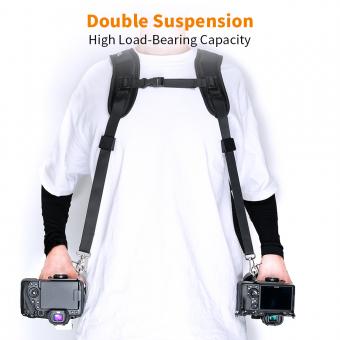



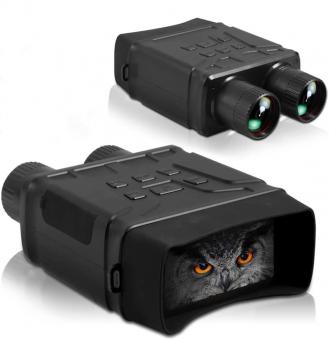


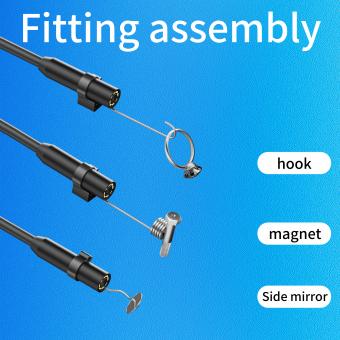



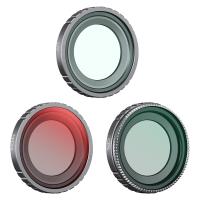
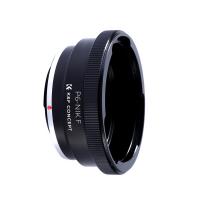
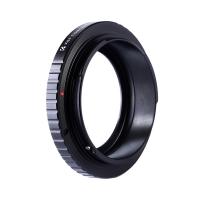

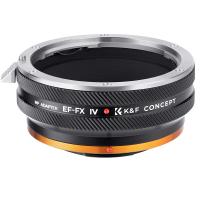
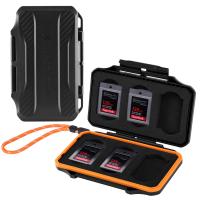
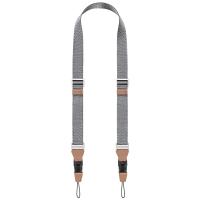
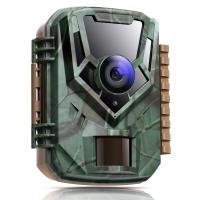

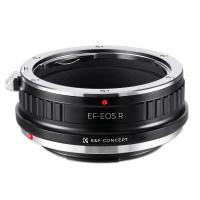

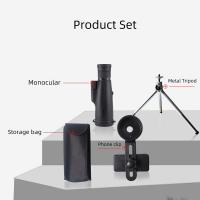



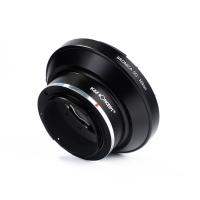
There are no comments for this blog.